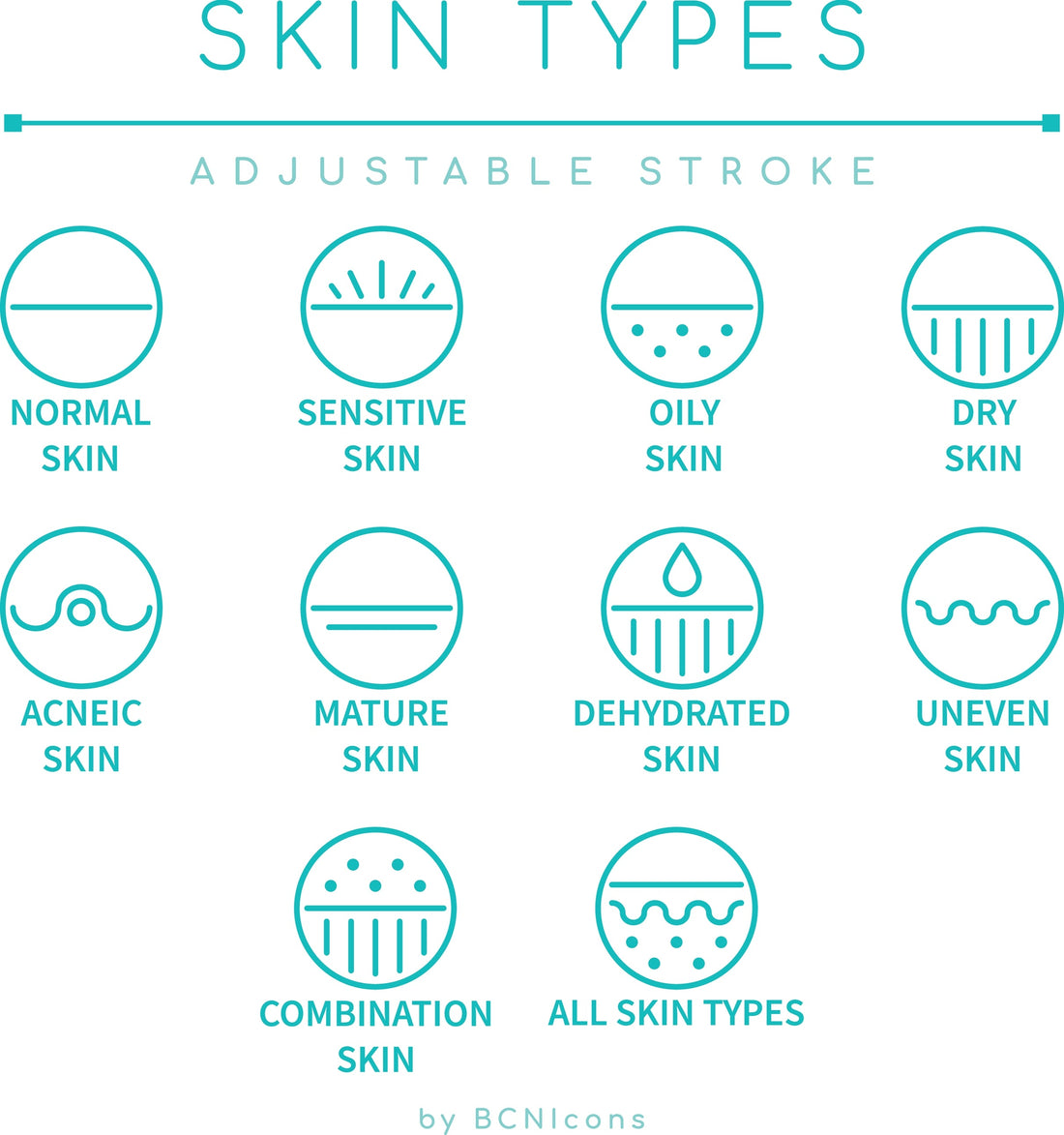Your skin is a reflection of your overall health and vitality. Understanding your skin type is the first and most important step in creating an effective skincare routine. Without knowing whether your skin is dry, oily, combination, normal, or sensitive, even the most expensive products may not deliver the results you expect. In this guide, you’ll learn how to accurately diagnose your skin type at home and how to tailor your skincare to keep your complexion healthy and balanced.
How to Diagnose Your Skin Type at Home
Skin types are generally categorized as dry, oily, combination, normal, or sensitive. The good news is, you don’t need any expensive equipment or dermatologist appointment to figure out your type — a simple at-home test will do the trick.
What You’ll Need
-
A gentle cleanser (preferably low pH or mild foaming cleanser)
-
A clean towel
-
A mirror
-
Optional: blotting paper
The Process
Start by thoroughly washing your face using the gentle cleanser. Remove all traces of makeup, sunscreen, and impurities. After rinsing, gently pat your skin dry with the towel — avoid rubbing. Don’t apply any products (no toner, serum, or moisturizer).
Allow your skin to rest for about an hour without applying anything. During this time, avoid being in direct sunlight, sweating, or exposing your skin to wind or heat, as these can affect the result. After one hour, examine your skin in the mirror and touch different areas, particularly your T-zone (forehead and nose) and U-zone (cheeks and jawline).
Optionally, press blotting paper on these areas to check for oil residue.
Interpreting the Results
If your entire face feels oily or the blotting paper picks up noticeable oil across your skin, you likely have oily skin.
If your skin feels tight, looks dull, or you notice flaking, your skin is probably dry.
If your T-zone feels oily but your cheeks feel normal or dry, you likely have combination skin.
If your skin feels comfortable, neither oily nor dry, you have normal skin.
If your skin looks flushed, feels itchy, or stings easily, you may have sensitive skin.
Keep in mind that skin type can change due to factors like weather, stress, hormonal fluctuations, or lifestyle habits. It’s a good idea to reassess your skin type a few times a year.
Skincare Tips for Each Skin Type

Once you understand your skin type, you can build a routine that enhances your skin’s natural balance and addresses its unique needs.
Dry Skin
Dry skin often feels tight and rough, and is prone to flaking and fine lines. The key to caring for dry skin is hydration and protection.
-
Choose cream-based or oil-based cleansers that cleanse without stripping moisture.
-
Apply moisturizer within three minutes of washing your face to lock in hydration.
-
Look for ingredients like hyaluronic acid, ceramides, and squalane in your moisturizers.
-
Incorporate hydrating masks or sleeping packs into your routine once or twice a week.
-
Use a humidifier in dry environments to prevent moisture loss.
Avoid hot water when washing your face, as it can further dry out your skin. Stay away from toners that contain alcohol, and be gentle with exfoliation.
Oily Skin
Oily skin is characterized by excess sebum production, which can lead to enlarged pores and breakouts.
-
Use a low pH cleanser that cleans effectively without over-drying.
-
Don’t skip moisturizer; opt for lightweight gel or water-based formulas that provide hydration without heaviness.
-
Ingredients like niacinamide or BHA (salicylic acid) can help control oil and minimize pores.
-
Try clay masks or pore packs once or twice a week for deeper cleansing.
Avoid the temptation to over-cleanse or over-exfoliate, as this can strip the skin and trigger even more oil production.
Combination Skin
Combination skin features both oily and dry areas — usually an oily T-zone and dry or normal cheeks.
-
Use lightweight, oil-free products on the T-zone and more nourishing products on the cheeks.
-
Multi-masking can be effective: apply a clay mask on the T-zone and a hydrating mask on the cheeks.
-
Adjust your routine with the seasons — you may need more hydration in winter and lighter formulas in summer.
Avoid treating your whole face as either oily or dry; instead, address each area’s specific needs.
Normal Skin
Normal skin has a balanced level of oil and moisture and usually feels comfortable.
-
Stick to a gentle, basic routine that includes a mild cleanser, moisturizer, and daily sunscreen.
-
Include occasional hydrating or soothing treatments to maintain balance.
-
Be mindful of seasonal changes that might affect your skin.
Even with normal skin, it’s important not to neglect care, as external factors can shift your skin’s condition over time.
Sensitive Skin
Sensitive skin reacts easily to external factors, often showing redness, itching, or stinging.
-
Choose fragrance-free, colorant-free, and hypoallergenic products.
-
Use mild, low pH cleansers that won’t disrupt your skin barrier.
-
Look for soothing ingredients like aloe vera, cica (centella asiatica), panthenol, or madecassoside.
-
Always patch-test new products before applying them to your entire face.
Steer clear of harsh scrubs, alcohol-based toners, and aggressive exfoliants that can damage your skin barrier.
Essential Care for All Skin Types
Regardless of skin type, some principles apply universally. Daily sunscreen is non-negotiable, as UV damage is one of the leading causes of premature aging and skin issues. Staying hydrated by drinking sufficient water also helps maintain your skin’s health from within. Finally, good sleep and stress management are essential for keeping your skin at its best.
Understanding your skin type is the foundation of effective skincare. By diagnosing your skin accurately and tailoring your routine accordingly, you can prevent common concerns and keep your complexion glowing and healthy. Consider revisiting your skin type regularly as your skin’s needs can change over time. With the right care, your skin will thank you — not just today, but for years to come.

